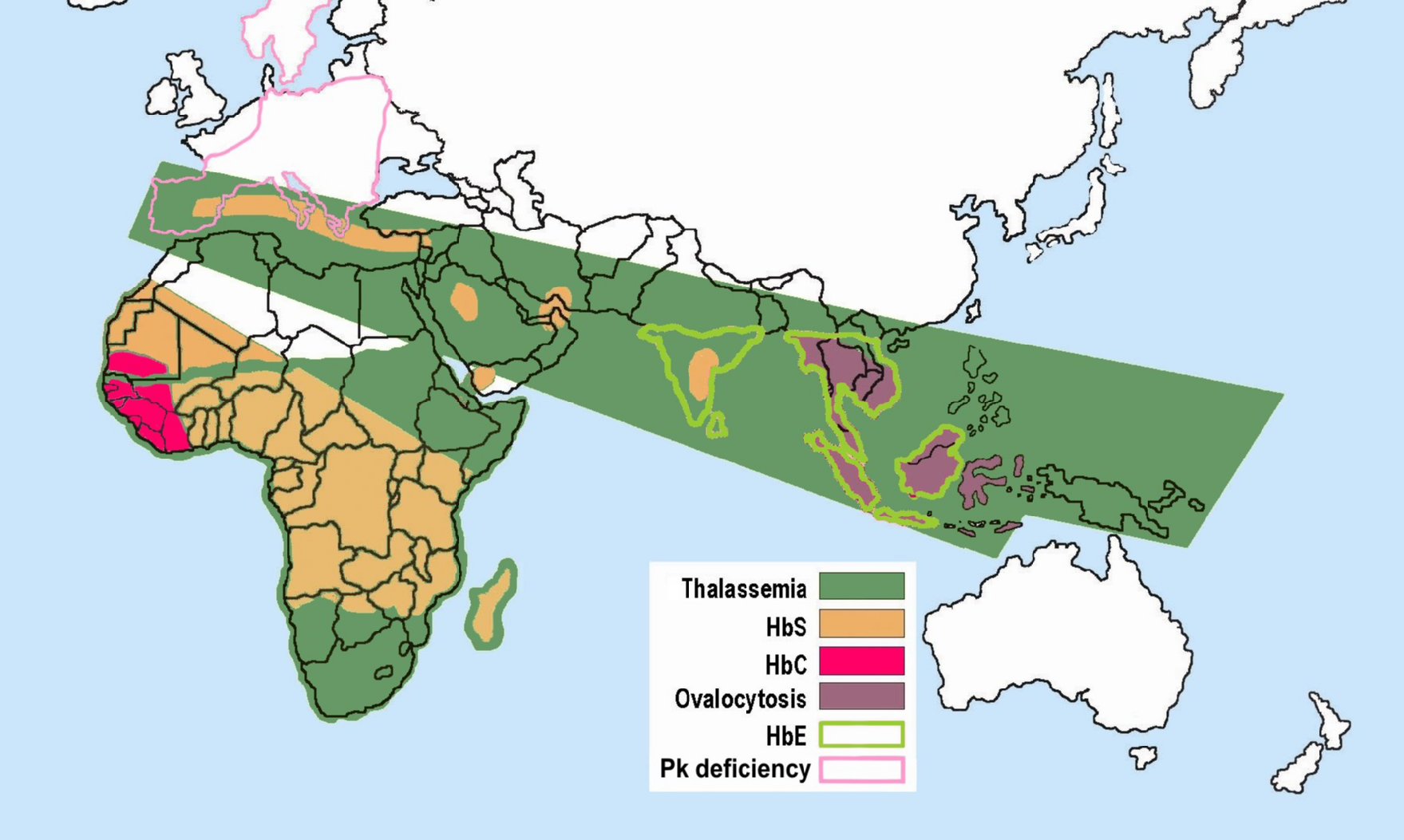In my opinion, insertions and deletions of 1 or 2 bases at the start of a sequence and the start of a codon make the largest difference. It makes a major difference when it is 1 or 2 bases because that creates a frameshift. If 3 were inserted, then a new amino acid would be produced but the rest would remain the same. It makes a large change when at the start of the sequence because then Methionine may not be read, and all of the following codons are frameshifted. It is also important for it to be at the start of the codon, because sometimes if the base change is at the end of a codon, it may not change the amino acid that is made. The mutations that makes the least change are frameshift mutations of 3 bases, frameshift mutations near the end of a gene, and substitutions of the last base in a codon. The first one makes a small difference because if 3 are inserted/deleted, it just adds/removes an amino acid. The second mutation makes a minor difference because if the frameshift is near the end of a gene, it doesn't frameshift that many codons. Also, substitutions of the last base in a codon don't make much of a difference because often the produced amino acid is not different.

^A lot of these hemoglobin variants are caused by a single base substitution
In step 5, I chose to make an insertion at the very start of the sequence. The result was that there was no "start" codon, and no "stop" codon. This is a drastic change from the other mutations because in step 5, no protein was produced at all. This frameshift mutation at the start of the gene shows that the location of the mutation is very important.

If I had a severe mutation that affected an important protein like actin or collagen, I could have muscular or skin defects. These may have a major impact on my life, like preventing me from playing a sport or engaging in high physical stress activities. One mutation that affects collagen is called "Ehlers-Danlos Syndrome". It has a variety of levels, but usually causes hypermobility, stretchy skin, and slow skin healing time. These symptoms make sense because collagen is a structural fiber present in skin that gives skin its ability to stretch and compress.
No comments:
Post a Comment